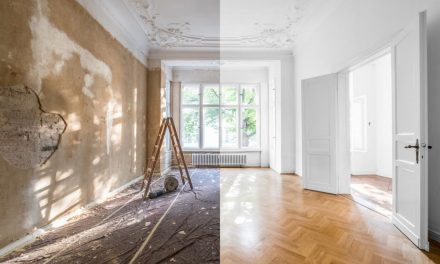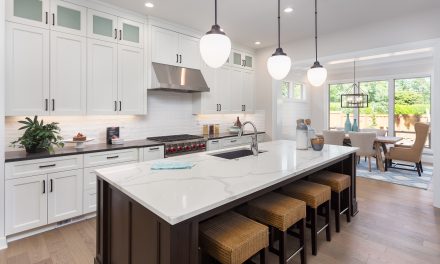Building a home is an exciting adventure. It’s new, unique, and truly a reflection of you. The world is your proverbial oyster in terms of everything from building materials, layout, and design. Converting your already built home to something new and modern is an equally exciting and produces a similar persona reflection. Whatever state you’re in (new build or renovation) the thought of an open floor plan has most likely crossed your mind.
Open floor plans certainly make for great entertaining spaces, but there are other things to consider when it comes to the lifetime commitment of your home’s layout. To be sure you’re making the right decision, take these few things into account.
Function
What are you trying to achieve with your space? If it’s all about flow and inclusion then an open floor plan is where it’s at. The main appeal for open plans is that they don’t close anyone off from any part of the action that’s happening in the main portion of the house. Some open plans take this to the extreme with bedroom, bathroom, kitchen, dining, and living all rolled into one giant amorphous room. If that’s your style, go for it.
When you have guests over for a party or dinner you can prepare the food without feeling cut off from the conversations because you’re stuck in an enclosed kitchen. While you’re more likely to have food prepared before guests arrive to a larger party, refilling drinks and appetizers won’t be the same ordeal in an open setting as it would if you had to excuse yourself to an entirely different room.
Heating and Cooling
This is one of those things you’re not likely to think about until the build is over and you’re living in the space. Kind of like parenthood, you can plan and read up on the subject as much as possible, but being in the situation is entirely different. It costs more – and takes longer – to heat and cool open floor plans than those with sectioned off rooms. Walls and doors form a barrier for heat and air creating what are called zones in your HVAC system. Zones make it easier to maintain a moderate temperature throughout the whole house.
You can work around this in some way by installing a heated floor, adding a fireplace, and choosing the right windows. Curtains can help lock in heat during the winter and shutters can help block it out in the summer. Regardless of supplements, you will spend more money heating and cooling an open floor plan.
Privacy, Noise, Mess
There’s nothing saying that you can’t have an open floor plan with your living, dining, and kitchen room and then close off bedrooms, bathrooms and your office. This might actually be the happy medium you’ve been looking for. After all, the open plan creates an inviting and inclusive atmosphere. But it’s counterintuitive for containing clutter and seeking solitude. At least with a closed off kitchen you’re able to keep food messes confined to a room no one need enter during your party. When one part of your open room is untidy it makes the whole room feel untidy. There’s no way to close off noise or food smells, and you’ll have to get really clever with your storage solutions.
Again, it’s possible to keep a portion of your house open and a portion closed to remedy these problems. You can have the best of both worlds, and knowing about these drawbacks will make it easier in your final decision of how to string it all together.
Cost
Open floor plans cost more to build and maintain. We’ve already talked about the HVAC system having to work overtime. Building materials will need to be the strongest (which always means more expensive) you can find to support your structure. Unless you choose to include support beams in the room (which can be dressed up with plaster and such to create beautiful columns or pillars that don’t detract from the decor) there’s no escaping this issue. If you’re converting an already built house to an open floor plan, support pillars will most likely be necessary. You’ll still have an open floor plan, but it won’t be completely obstruction free.
Dealer’s Choice
At the end of the day, all that matters is that you wind up with the house of your dreams, right? There are pros and cons to everything life has to offer. You’ll make some sacrifices but they can be worth the gains when all is said and done. Contemplating these finer points will guide you to the right decision.





